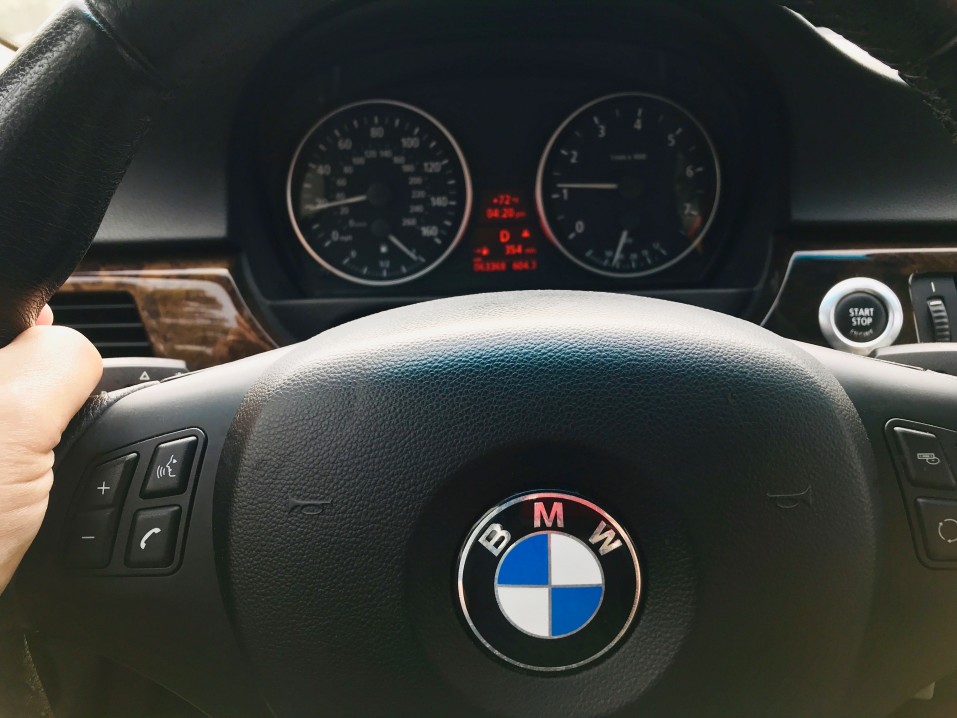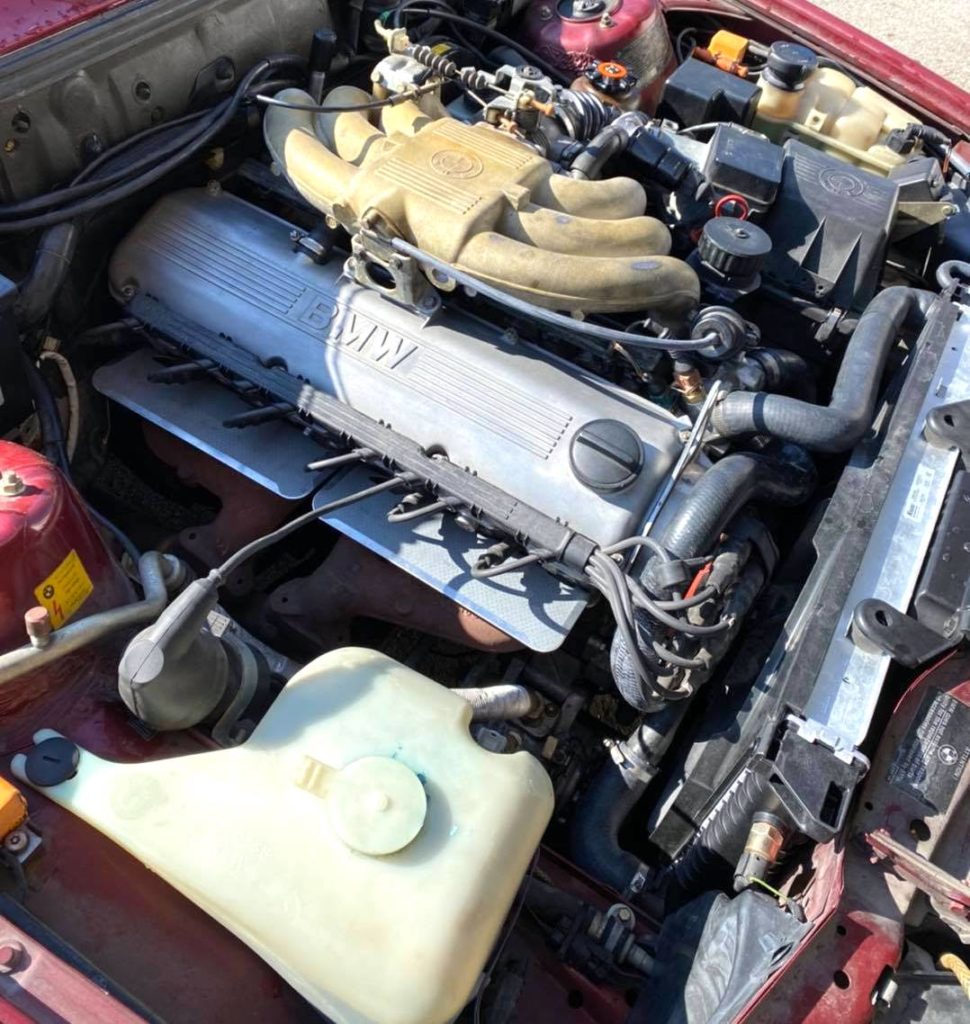Do you think your BMW may have a coolant leak? A coolant leak is something that you want to get fixed right away. Continue reading for signs that you might have a coolant leak.
Your vehicle’s coolant can leak either inside the car or outside the car. A sweet smell inside your car can identify an internal leak. If you have an external coolant leak, you may see colorful fluid under your car.
#1 Mechanic In Arkansas
Or Call: 501-214-1091
If you are reading this article, you probably suspect that your BMW is leaking coolant. There are several signs that you can look out for to determine whether or not you have a coolant leak issue.
Below, we will cover some ways that you can identify a coolant leak without opening the hood of your car:
One of the simplest ways to tell if your BMW coolant is leaking is by looking under your car. If you see a colorful puddle underneath it, this means that you have an external coolant leak.
Standard coolant colors are:

Don’t Wait! Save money by maintaining your vehicle.
Or Call: 501-214-1091
Another way to spot a coolant leak is by looking at the check engine light on your dashboard. If this is on, and you are experiencing some other symptoms of a coolant leak, then this is an indicator that you are experiencing this issue.
Another indicator to pay attention to is your ‘low coolant level light’. If this turns on shortly after you refiled your coolant, this means your coolant is leaking.
You can tell if coolant is leaking by using your nose. Coolant has a sweet smell to it. So, if you notice an unusually sweet odor in your car, you will want to take your vehicle in for a possible repair.

Even if you have identified that your BMW has the symptoms of a coolant leak, someone will still need to open the hood and check the components to know for sure. The best option is to bring your vehicle to a certified mechanic, but if you are experienced and want to diagnose it yourself, here is how.
The way to diagnose a coolant leak is to find where the leak is coming from. That way, you know what part to repair. Before you begin, make sure you have a radiator pressure tester kit on hand.
Once you get this tester kit, follow these steps to find where the leak is coming from:
When you go through this process of pressurizing the system to find a leak, there are a few places in the engine bay that you will want to pay particular attention to.
Here, we will go over some components to pay attention to and the issues that they may be experiencing:
If you have any of these symptoms or find the leak yourself, it is time to take your car to a mechanic.
If you are looking to save money, don’t take your car to a dealer to be repaired. Instead, go to a certified BMW mechanic!
BMW repair shops have more economical pricing than their BMW dealer counterparts. This is due to:
Also, you don’t have to worry about the warranty being voided due to avoiding the dealership. If the shop is BMW certified, your warranty will stay valid!
There are a plethora of ways to determine whether or not your BMW has a coolant leak.
If you discover that you have a leak or suspect that you have one, you need to take your car in for inspection and possibly repair. Without coolant, your vehicle will overheat and can damage your engine; and your engine is much more expensive to repair than a coolant leak.
So, get ahead of the leak, and get your car repaired. You will be back on the road in no time!
Or Call: 501-214-1091